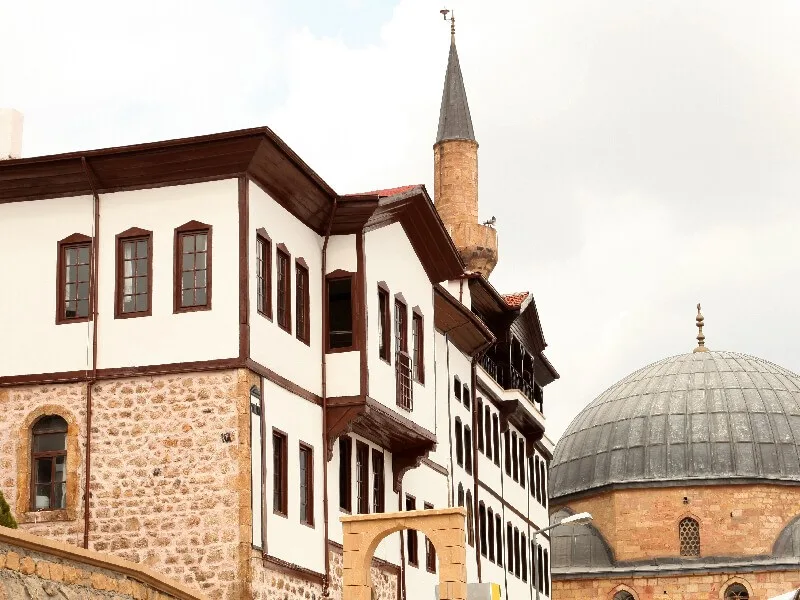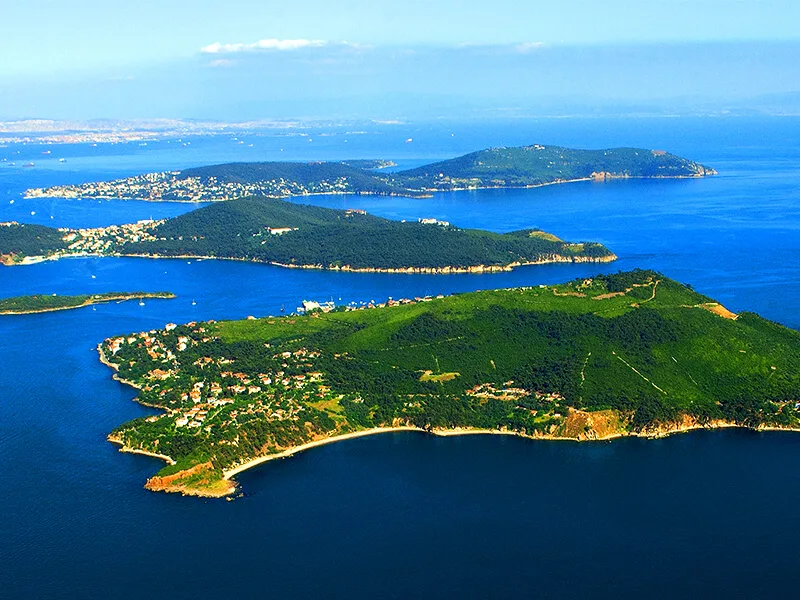Surrounded by Amasya, Çankırı, Sinop, and Kırıkkale provinces, Çorum is a settlement area which dates back to the Paleolithic Period in the Black Sea Region. A good many historical artifacts extant from those periods are worth seeing. Having succeeded to preserve local Anatolian culture, Çorum has remained at the center of civilizations that were established consecutively.
Çorum province was established on a high plateau and it gets covered in white snow during the winter. Important rivers of our country, such as Kızılırmak and Yeşilırmak, stream through this province. Apart from them, the Çekerek River, Mecitözü Stream, and the Bozboğa, Çorum, and Hüseyin lowlands are also here.
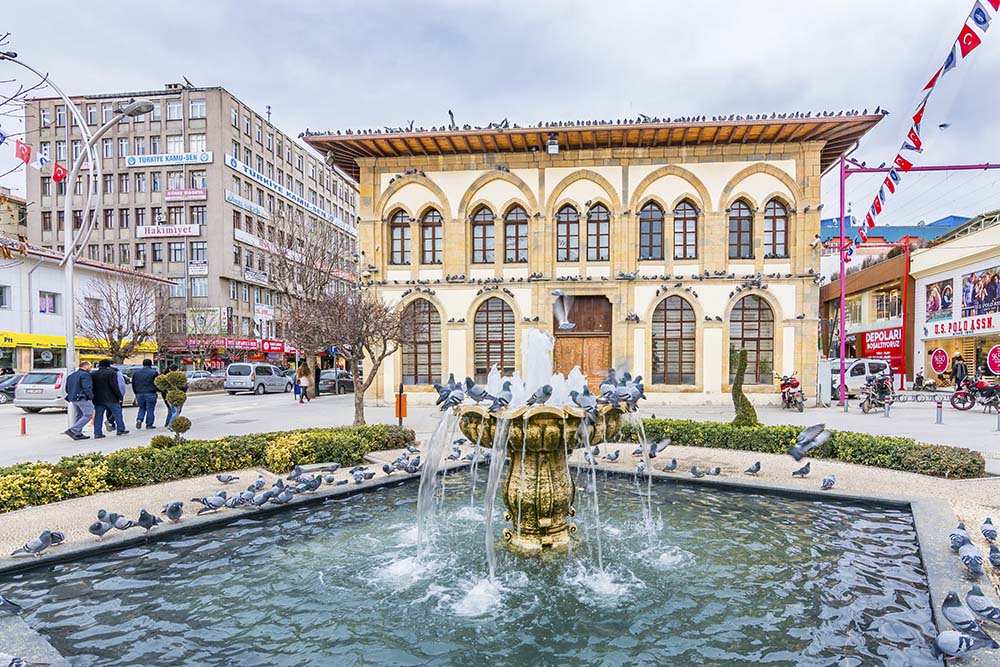
Çorum Municipality building view…
Cuisine
When you say Çorum, roasted chickpea is the first thing that comes to mind. Being one of the most renowned snacks, roasted chickpea amazes everyone with its taste. Çorum meals made at weddings are sırık kebab, İskilip stuffing, rice dish with meat, keşkek, syrup-soaked pastry, and yogurt-soup. Apart from them, Turkish ravioli also reflects the main cultural cuisine of the city.
Places to Visit
The city had been the capital of the Hittite Civilization, one of the oldest civilizations of our history. The province had hosted the ancient city of Hattusa as well. The most natural and special works of art include:
- Şapinuva: As the center of Hittite Civilization, it proves details of that civilization. Şapinuva had a strategic position because it was both an important military and religious place.
- Alaca Höyük Museum
- Veli Paşa Inn
- Kybele Relief: It was dated to the Hellenistic Period in Anatolia and regarded as the biggest relief.
- Hittite Road
- Çorum Castle
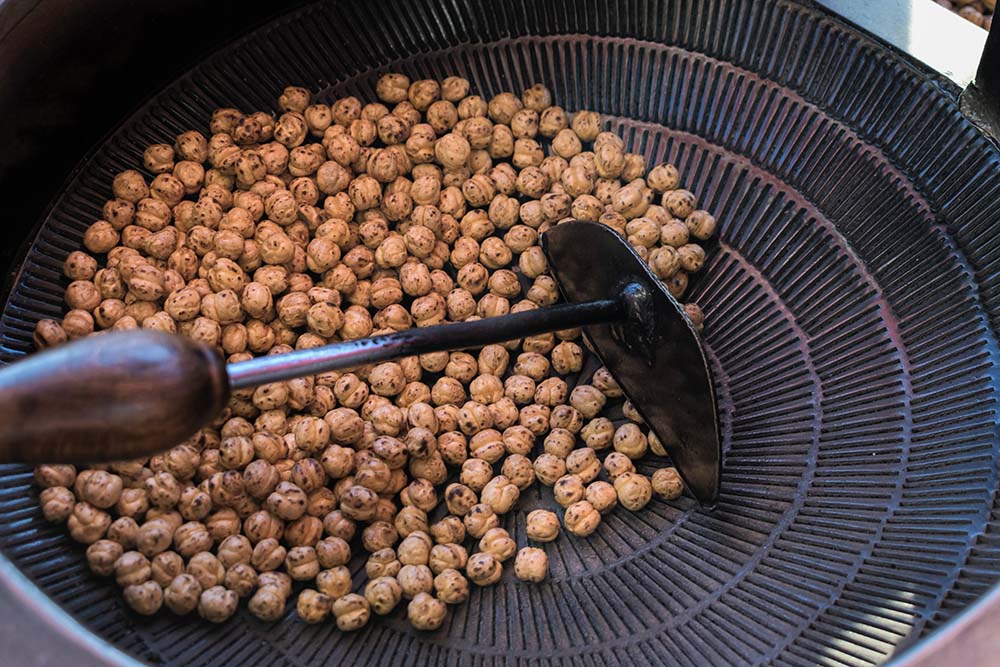
Roasted chickpeas
- Çorum Ulu Mosque
- Çatak Nature Park
- Kargı Highland: This natural place has unique scenic beauties.
- Alaca Höyük: Historical National Park, İncesu Canyon
- Çorum Clock Tower
- Çorum Museum
- Koyunbaba Bridge: It is a monumental bridge built over Kızılırmak River.
- Hattuşa Ancient City: It has earned its place on the World Heritage List of UNESCO. This place is where the first written treaty was made in the history.
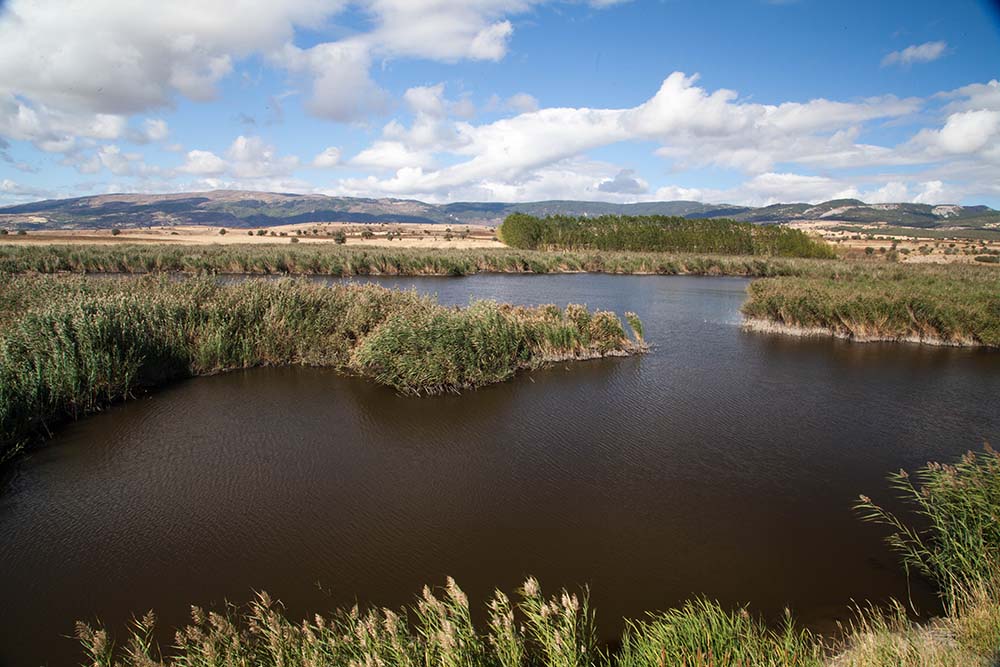
Çorum has remained at the center of civilizations that were established consecutively.
Çorum still preserves traditional handicrafts in its culture. Among these handicrafts are basket making, copper working, saddle making, piqué, and weaving. Baskets are designed for fruit picking purposes or in small sizes. Animal saddles and pads are made of goat skin. Piqué dates back to old traditions and yields clothes and certain accessories. As a fading practice, it is still being passed on in some villages. Among the weaving trades that make use of wool are carpet weaving, wall cushion weaving, rug weaving, and sock weaving.
How to Get There
Çorum is one of the most important junction points that link Anatolia to the Black Sea Region. That’s why it is possible to reach our city through alternative roads. You can enjoy easy travel to our province from various points thanks to the highway system. In fact, there is no transportation choice other than highways. The closest airport is the Merzifon Airport, which is 60 kilometers away. If you want to opt for airway, you can choose this airport.

